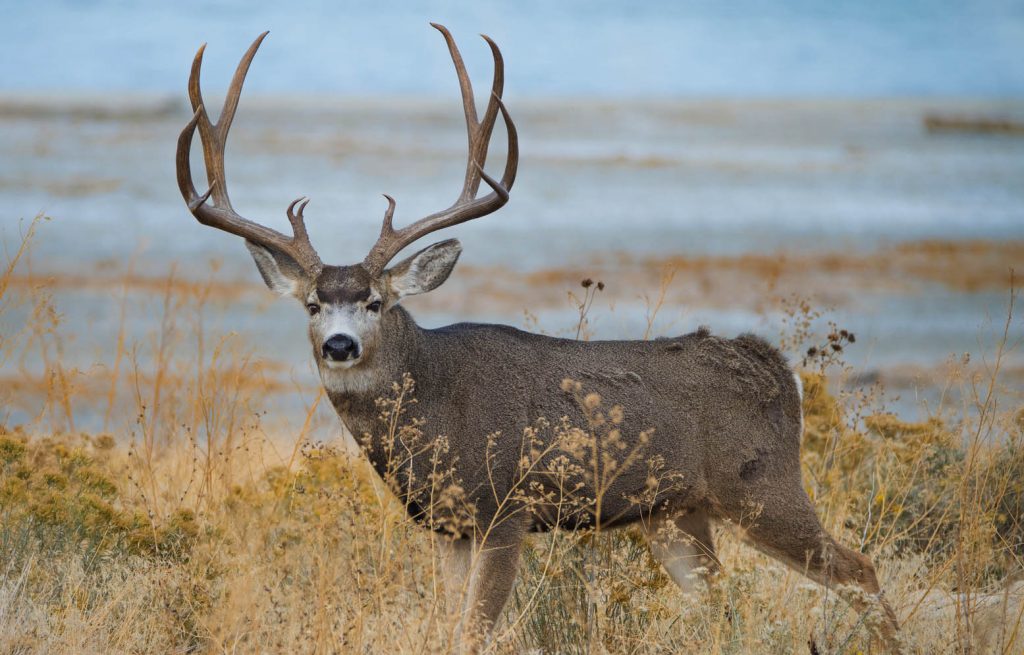Many Alabamians consider hunting big mule deer vs whitetail deer, in the Rocky Mountains, as the hunts of their lifetimes. When you decide to go bow hunting for high-mountain mule deer, you know you’re in for a physical challenge. Therefore, regardless of how in-shape you get before the hunt, like me, you’ll soon learn that the Good Lord has given high-mountain mule-deer hunters beautiful scenery but shorted them on the amount of air they get to breathe while looking at the scenery.
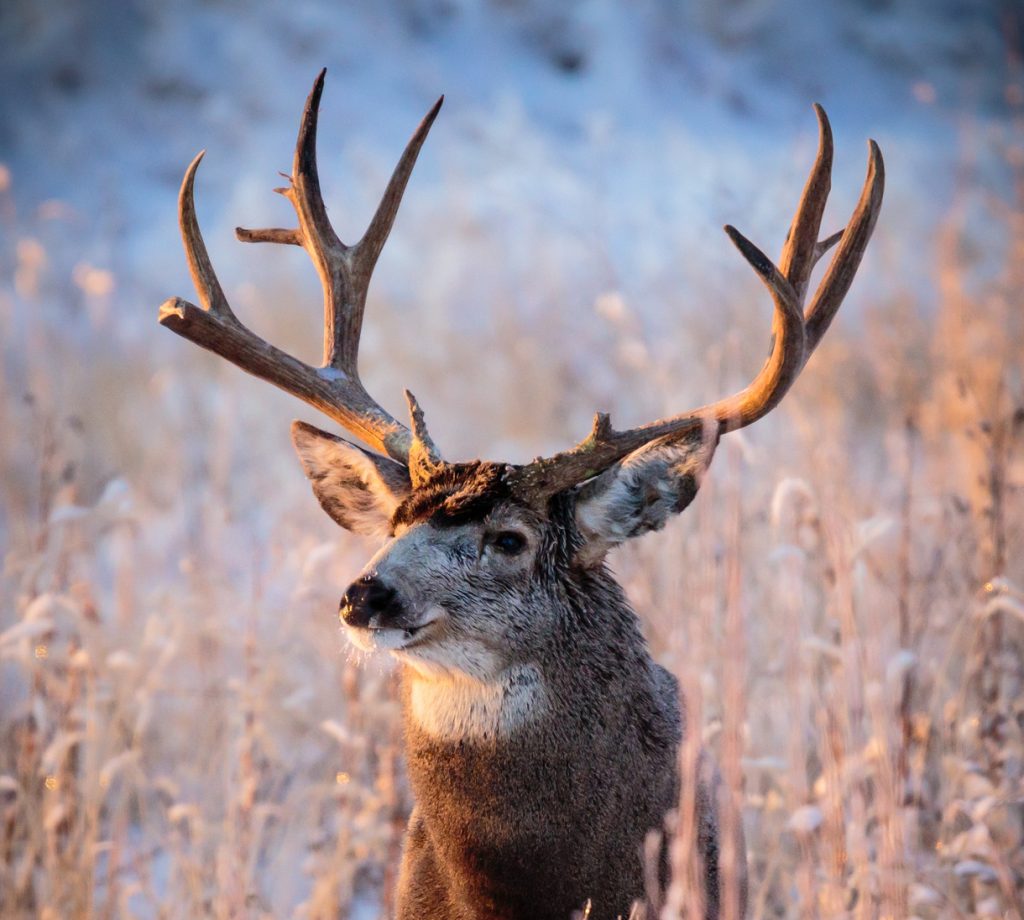
What You Need to Know and Understand Before Hunting Mule Deer Vs Whitetail Deer
* The West has more and higher mountains than Alabama does, so you must be in top physical shape to hunt mule deer as compared to hunting whitetails.
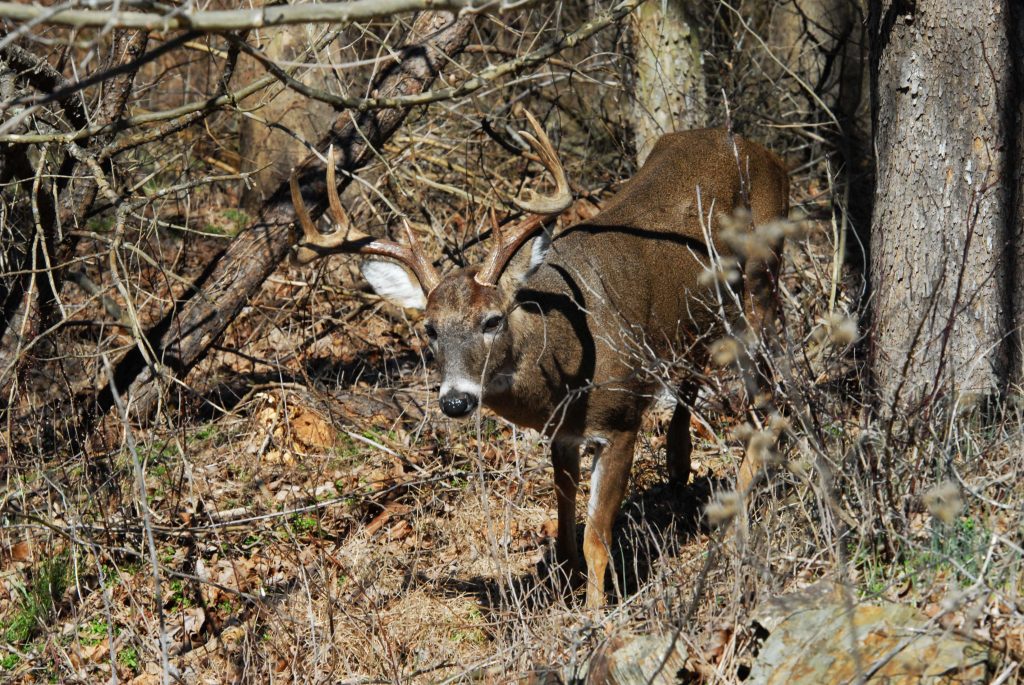
* People who live, work and hunt at high altitudes are more accustomed to hunting at altitudes than those of us who live in lower-lying areas.
* You can’t think you can hunt as hard, climb as high or as quickly or get to a mule deer as fast as someone who lives and works in high-mountain terrain daily.
My friend, Chad Schearer of Belt, Montana, TV host, former owner of Central Montana Outfitters and PR Manager for BPI Outdoors put everything in perspective.
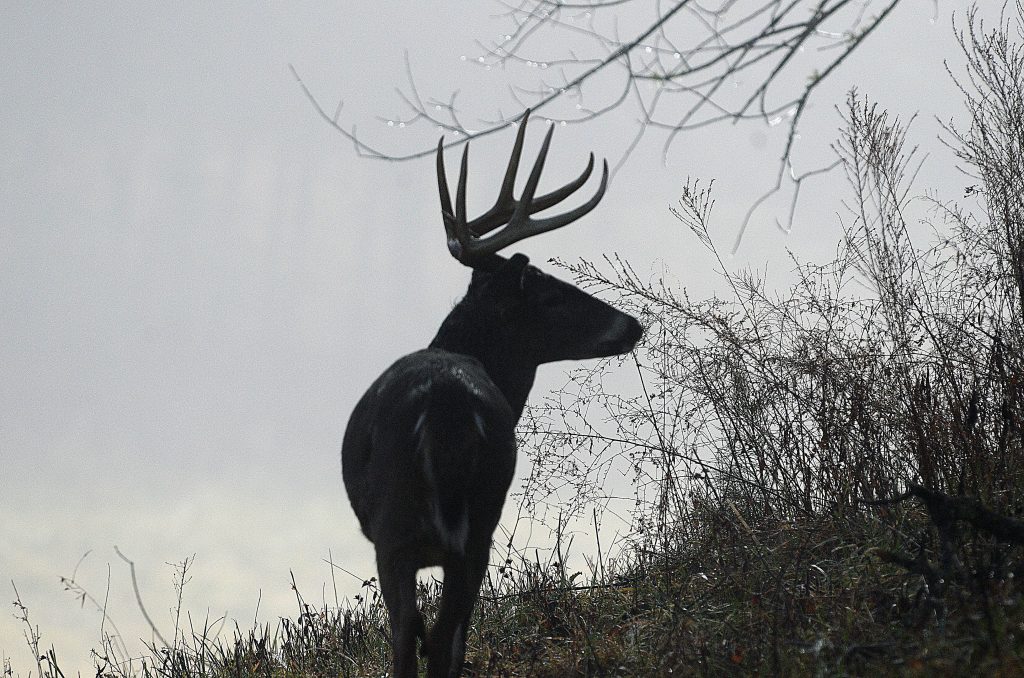
“When I’m guiding, my hunter is my weapon. If I get to the place to take a shot without my weapon (my hunter), then we won’t take the deer. Once I know what condition my hunter is in, then it’s my job to find the mule-deer buck I know I can guide him to where he can get the shot and feel comfortable and enjoy the experience,” Schearer said.
On my first mule-deer hunt with Schearer, he assured me that I would get my mule deer buck of a lifetime. But the first day we hunted, I wasn’t confident at all. When we were making a long climb up a steep hill, I had to stop several times just to catch my breath. I’m not a marathon runner, I don’t belong to a gym, and although I try to stay in shape, climbing steep mountains and hills isn’t part of my every day routine. But Schearer was patient and waited for and encouraged me to keep coming up the hill.
The first day of the hunt, after the hunter sights-in his rifle, and I see how well he can shoot and at what ranges he’s confident, I then need to evaluate his physical condition. How fast can he get to a deer? How high a slope can he climb? What will his ability be to get to a big buck once we’ve located him? When I’ve made those evaluations, then we go looking for mule deer,” Schearer explained.
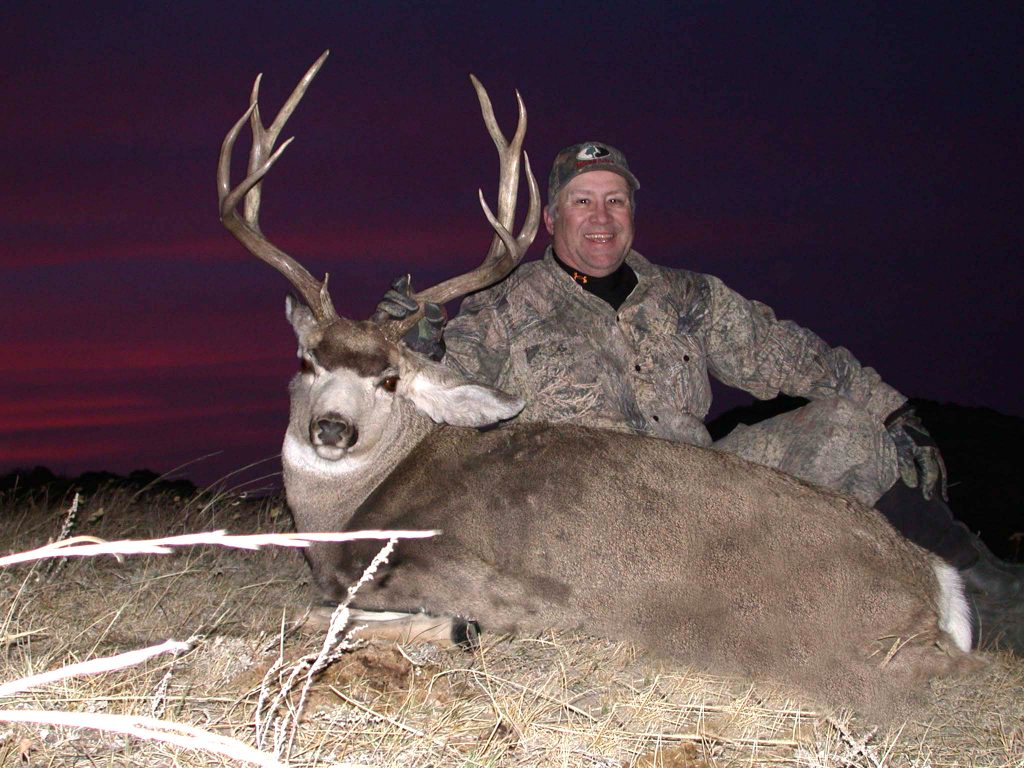
As we rode in Schearer’s truck and used a spotting scope and binoculars to search for mule deer, we spotted several really nice bucks. I always would question Schearer, “Are we going to go after that one?” and Schearer would answer, “No, we can’t get to that buck. Let’s go look at another one.” Now, Schearer could have gotten to those bucks, but he knew I couldn’t without spooking the deer.
Why Greg Veire Considers Mule Deer Vs Whitetail Deer Hunting as Different as Night and Day
Greg Veire originally lived and hunted in Minnesota, but today he lives in Las Vegas, Nevada. In Minnesota, he hunted whitetails, but when he moved to Las Vegas, he entered a new world of mule-deer hunting and says, “When I lived in Minnesota, I hunted with a shotgun and had taken between 15 and 20 bucks. Most of the time I was using the “spot-and-stalk” method of deer hunting, but I also took seven bucks hunting from a tree stand. My best buck in Minnesota scored 156 inches. I moved to Las Vegas for work, but I didn’t want to give up deer hunting. I quickly learned that hunting whitetail deer and hunting mule deer was as different as night and day.”
In Minnesota, Veire hunted flat, agricultural fields like soybeans and corn. He was from the southwestern corner of Minnesota, which was almost all farm country. Since there weren’t very – many trees, he hunted sloughs and swamp bottoms. When he moved to Las Vegas, he found he could use the spot-and-stalk technique for mule deer he’d used for whitetails, but instead of easy walking, he was climbing mountains.
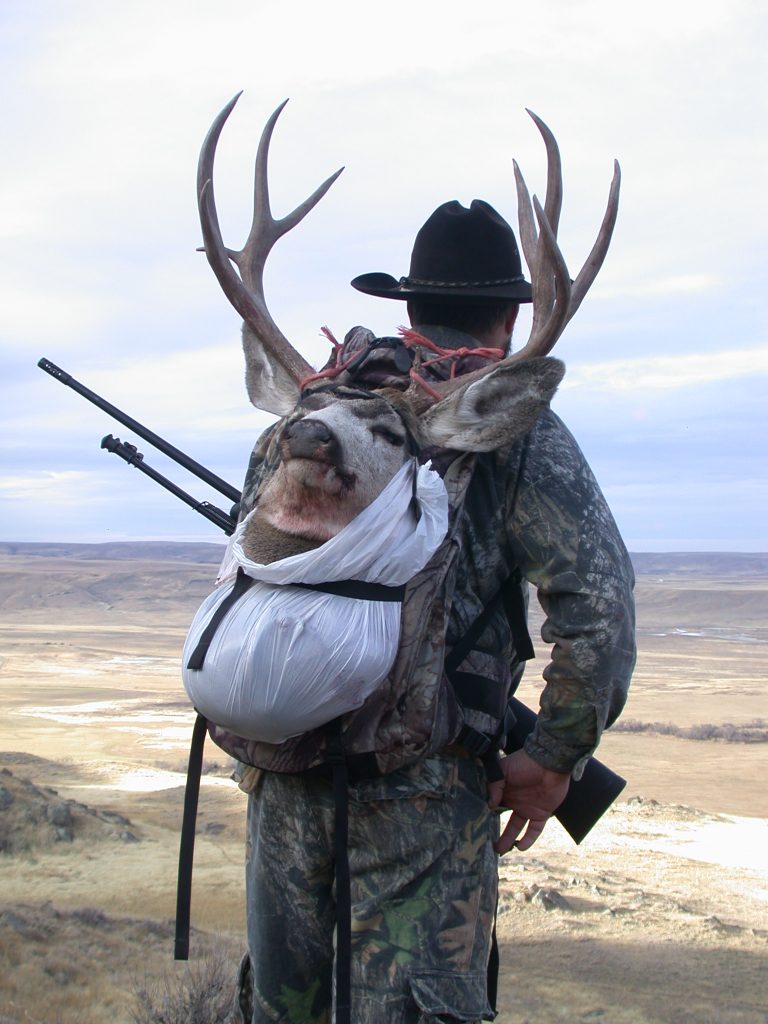
Veire also learned that you couldn’t pattern mule deer in the West like hunters did whitetails. Bow hunting mule deer was much more physically draining than hunting whitetails too. In Minnesota, Veire easily could stroll to a place where he planned to hunt, without having to get in shape for deer season. In order to hunt mule deer, he had to get in the best physical shape possible to go back into the mountains and hunt where most people wouldn’t hunt.
“My first lesson was on how to glass using binoculars and a spotting scope. I didn’t really use binoculars very much in Minnesota, and I quickly learned that mule-deer hunting was much more technical than the whitetail hunting I was doing in Minnesota,” Veire said.
How the Equipment for Hunting Mule Deer Vs Whitetails Deer Differs?
One of the first things Veire learned was how much more technical hunting mule deer was.
Optics
“When I first started hunting for mule deer, the first lesson I learned was that you had to spend a lot of time behind the glass,” Veire reported. “My friends and I would climb to a vantage point, sit down and study every branch, twig, treep and patch of grass or any type of cover that possibly could be holding a mule deer with binoculars, something I seldom used when hunting whitetails. We were searching for ear tips, antlers sticking up, a swish of a tail, a white rump or anything that looked out of place from the vegetation.”
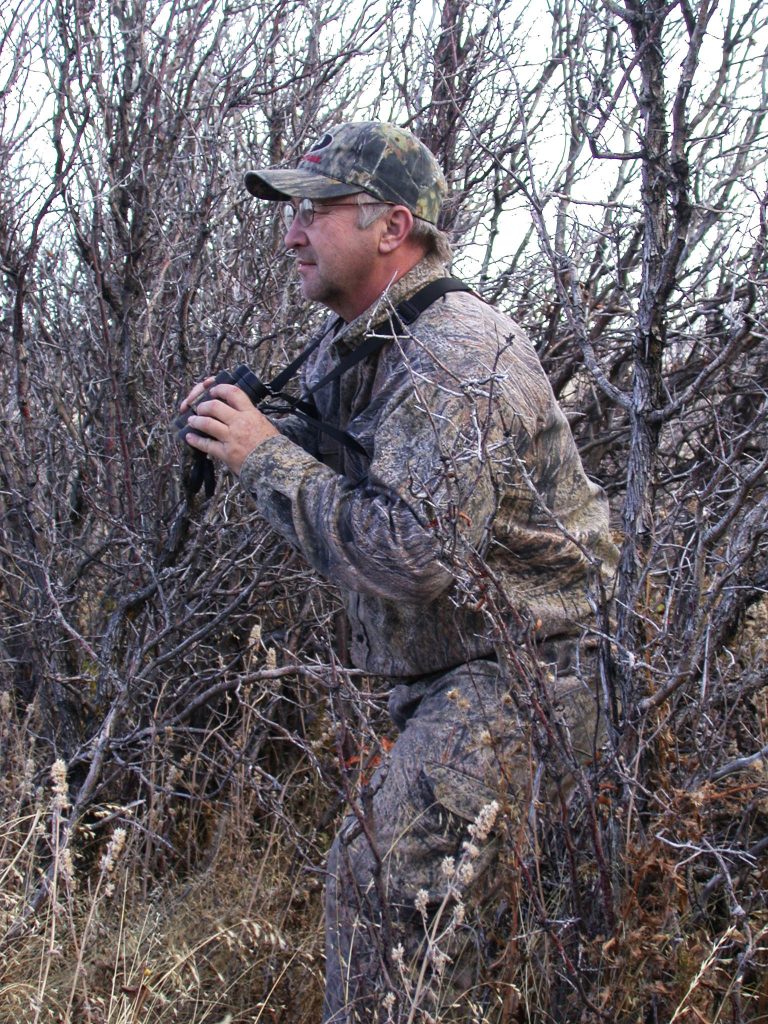
“Next I learned to use a spotting scope, to see exactly what that odd something was. When hunting whitetails, I could drive by an agricultural field and say, ‘Oh, there’s a deer out in that field. I’ll get out of sight and slip in close enough to take him.’ But when bow hunting mule deer, your eyes have got to do the looking, and you don’t have places where you can drive a truck until you find a mule deer. I’ve learned that when you’re hunting in the mountains, you have to drive as close as you can to a mountain, then climb the mountain, look for a vantage point where you can see the other side of the mountain and start glassing,” Veire said.
To hunt mule deer, Veire had to upgrade his optics to Leupold binoculars and a spotting scope, the Leupold Kenai. Another piece of equipment he had to buy that he never used when hunting whitetails was a tripod on which to rest his binoculars and/or spotting scope.
Boots and Pack
Veire said that when hunting whitetails he wasn’t too concerned about his boots or his daypack. However, he realized once he started hunting mule deer he needed boots that could withstand the rigors of mountain climbing and bought Kenetrek boots. He also purchased a frame pack that not only would carry his hunting gear but also enable him to pack meat out. He learned that western mule-deer hunting success was more about the gear you had to have to be able to hunt effectively, than it was about the skills you needed to find and take mule deer.
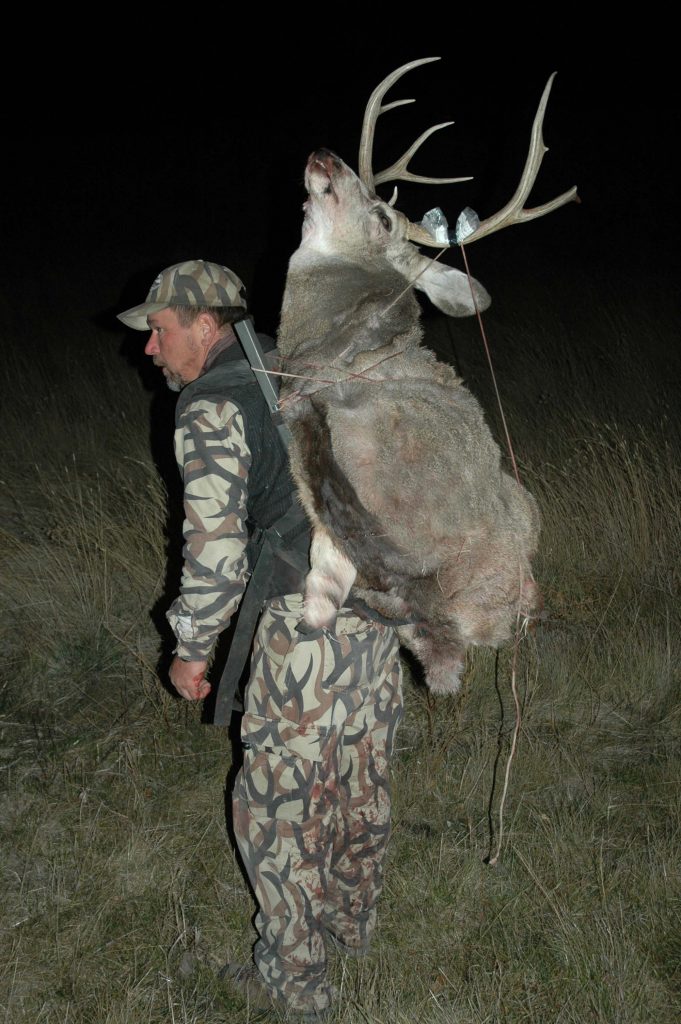
When Veire shot a whitetail, he often drove up to the deer with his pickup truck, loaded him up and took him home or to the processor. Today Veire uses an Eberlestock pack to hunt muleys. He can load that pack up with one or two quarters of a mule deer and carry the meat out comfortably.
Knife
“I use a Havalon knife to cape, skin and debone my mule deer,” Veire said. “I have a friend who owns a taxidermy shop out here, and that’s the only knife he uses. When I started using it, I understood why. That knife has a surgical blade, and you can change the blades out when one gets dull.”
Bladder-Type Water System
While hunting whitetails, Veire generally took a plastic bottle of water with him. However, to hunt mule deer, he carries a bladder-type water system.
Walking Stick
“I haven’t used a walking stick yet, but I’m seriously considering getting one this year,” Veire mentioned. “I’ve talked to a lot of veteran mule-deer hunters here, and they say that with a walking stick, they’re not putting as much pressure on their knees climbing up and down mountains.”
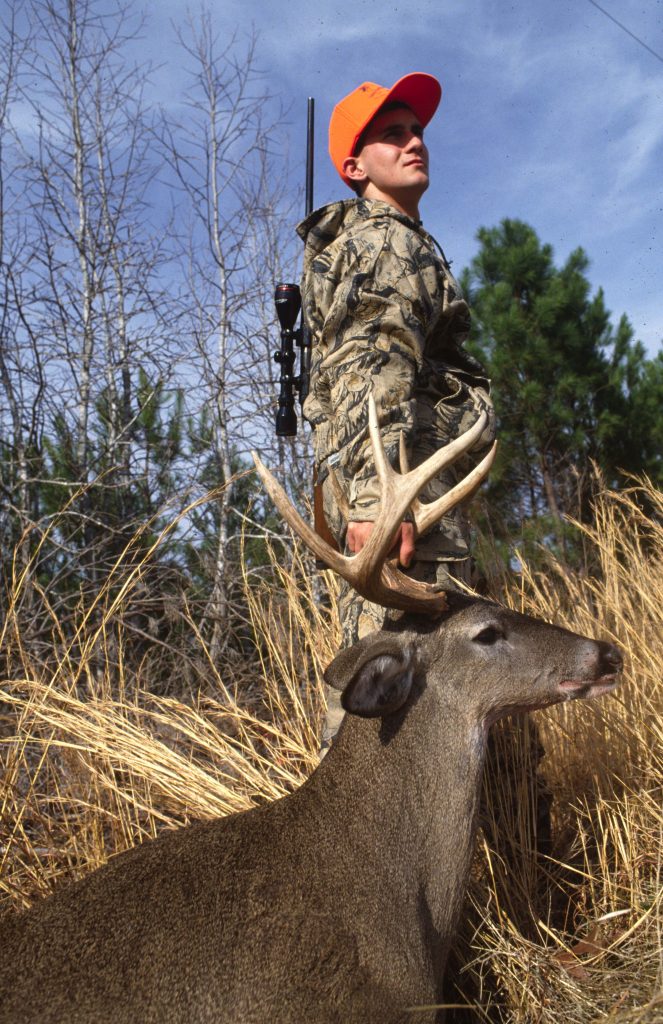
Rifle, Rifle Scope and Range Finder
“In Minnesota, I hunted with a Remington 870 shotgun for whitetails, shooting 2-3/4 inch sabot slugs,” Veire reported. “I never owned a rifle, until I moved to Las Vegas and hunted mule deer. So, I not only had to learn a different way of hunting in Nevada, I also had to learn a different way of shooting.”
“I have a Vortex scope on my rifle to hunt muleys, and I now can shoot accurately out to 900-1,000 yards. I never owned a range finder, until I started hunting mule deer,” pointed out Veire. “With my range finder, I now range the deer I’m planning to shoot, and my range finder will give me an accurate range out to 1,000 yards.”
Bow Set-Up
Veire prefers to bow hunting mule deer. Most of the white-tailed deer he took with a bow were at 20 yards or less out of a tree stand. Today Veire often shoots a mule deer at 45 yards, but explained, “Back home, I’d never think about taking a shot that far.
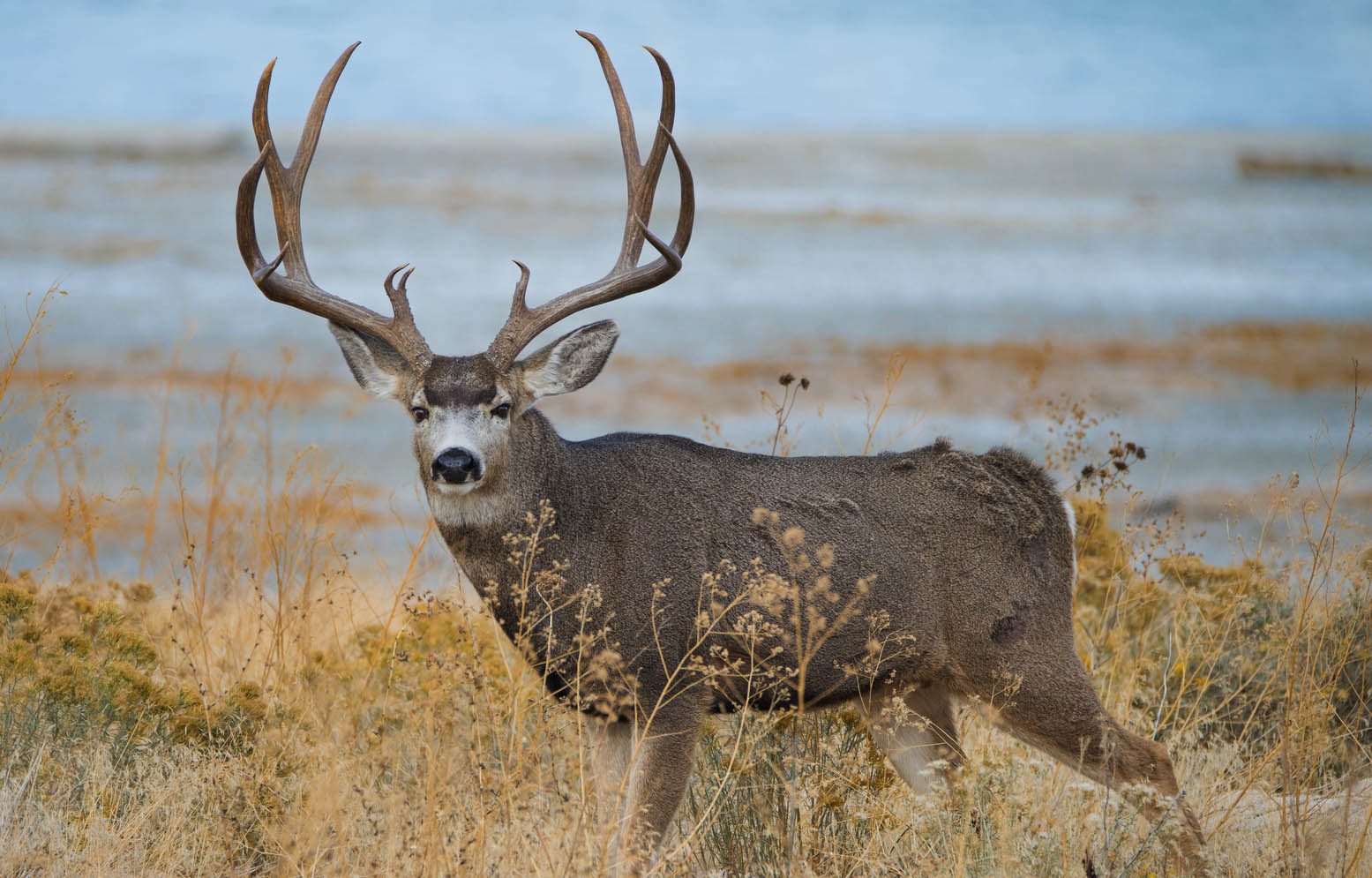
Although I’m shooting the same Mathews bow I’ve hunted whitetails with, for muleys, I’ve added a Spot Hogg 7-pin sight that adjusts for the angle of shooting up or down, and it tells me which pin to shoot. Now I can shoot my bow out to 100 yards, but I’m not necessarily accurate out to 100 yards. I’ve increased my range now, so I feel comfortable shooting out to 70 yards. I had to learn how to shoot long range when I’m bow hunting mule deer, as well as with a rifle.”
“I also changed my release, because it was causing the bow to fire before I wanted it to fire. I switched to a Tru-Fire release. My broadheads also evolved. I now shoot Black Eagle Carnivore shafts and a Swhacker broadhead,” Veire added.
I’ve heard hunters from the West say they were bored to tears hunting whitetails in the East. They said, “Sitting and waiting in tree stands is no fun.” I’ve also heard Eastern hunters complain about having to make long shots after walking all day when bow hunting mule deer. However, I’ve hunted both kinds of deer all across the U.S. and Canada, and I’ve enjoyed it all. I’ve learned new tactics and met new people.
Full Disclosure: This post may include affiliate links. There’s no extra charge to our readers for using these.

